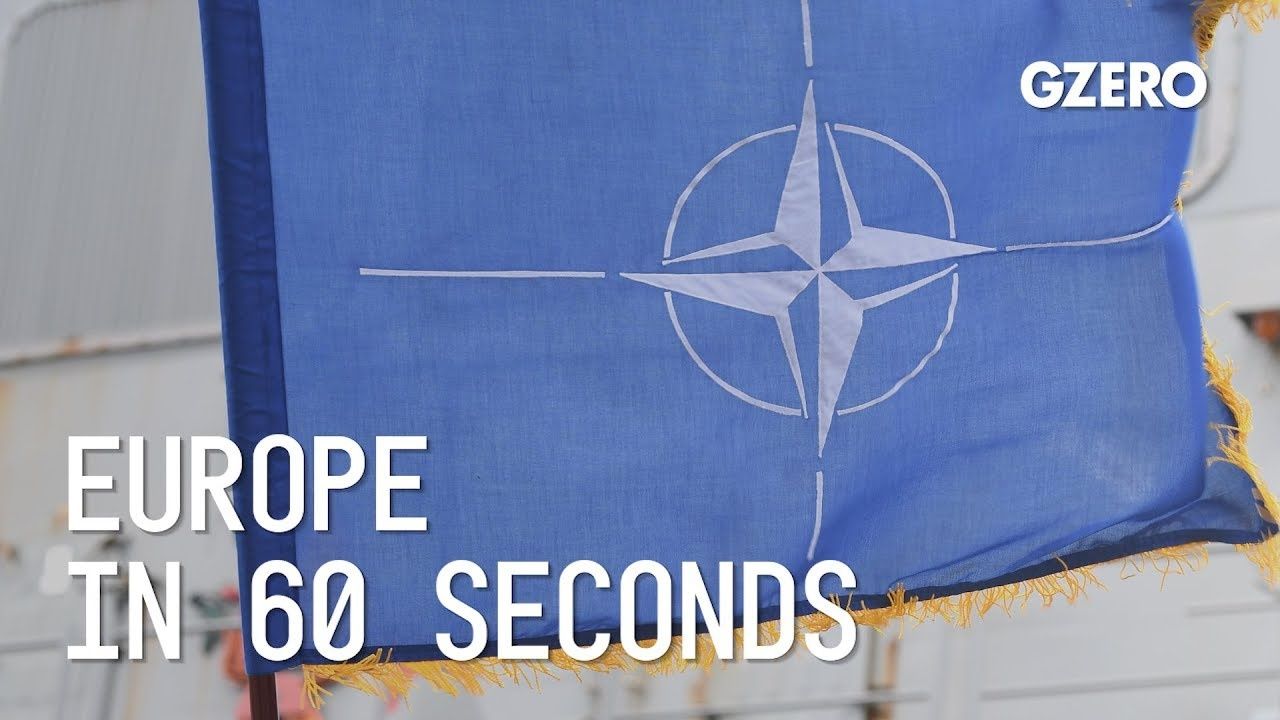November 29, 2019
How has NATO changed during the 70 years of its existence?
Well, rather fundamentally, it was originally, of course, a question of sort of deterring Soviet aggression and also making the possibility for Germany to come back as a military power for the defense of Europe. Then with the demise of the Soviet Union and collapse, it evolved into doing operations for peace stabilization, be that Bosnia, be that Afghanistan, or be that others.
And then lately, of course, we have seen the basic demands of deterrence and territorial defense coming back very much of the Russian aggression against Ukraine. So, it's been a long journey.
What should we watch for at the NATO Leaders Summit in London?
Well, I fear it's going to be a question of Trump management, to make certain that things are not completely derailed by the one thing or the other. So, it will be interesting to watch. Only days before the UK election as well.
More For You
Then-US President George W. Bush waves as he stands with then-People's Republic of China President Jiang Zemin after the two gave statements to the press following their meeting at Bush's ranch in Crawford, Texas, on October 25, 2002.
At the start of the 21st century, Destiny’s Child was atop the US charts, “Google” was a little known search website with a weird name, and two things happened that would shape the world we live in today.
Most Popular
Think you know what's going on around the world? Here's your chance to prove it.
Sports inspire greatness, determination, and resilience — both on and off the field. Bank of America is proud to celebrate the achievements of and uplift communities through the power of sports. Learn more about how Bank of America supports athletes in life and in the game.
© 2025 GZERO Media. All Rights Reserved | A Eurasia Group media company.
